
Researchers at the Accelerator Laboratory of the University of Jyväskylä, Finland, have made a groundbreaking discovery of a new atomic nucleus, 190-Astatine, which is now the lightest known isotope of the rapidly decaying and rare element astatine. The achievement of creating this novel isotope was made possible through the fusion of 84Sr beam particles with silver target atoms. The isotope was then identified amid the fusion products using the RITU recoil separator’s detectors.
In a remarkable scientific breakthrough researchers have discovered the lightest isotope of the rare and rapidly decaying element, astatine. The discovery of 190-Astatine was made by Master of Science graduate Henna Kokkonen as part of her thesis work, providing important insights into atomic nuclei structure and the boundaries of known matter.
An experiment performed in the Accelerator Laboratory of the University of Jyväskylä, Finland, has succeeded in producing a previously unknown atomic nucleus, 190-Astatine, consisting of 85 protons and 105 neutrons. The nucleus is the lightest isotope of astatine discovered to date.
Astatine is a fast-decaying, and therefore rare element. It has been estimated that in the Earth’s crust, there is no more than one tablespoon of astatine. An experiment performed in the Accelerator Laboratory of University of Jyväskylä, Finland, has succeeded to produce a previously unknown atomic nucleus, 190-Astatine. The new isotope was produced in the fusion of 84Sr beam particles and silver target atoms. The isotope was detected among the products by using the detectors of RITU recoil separator.
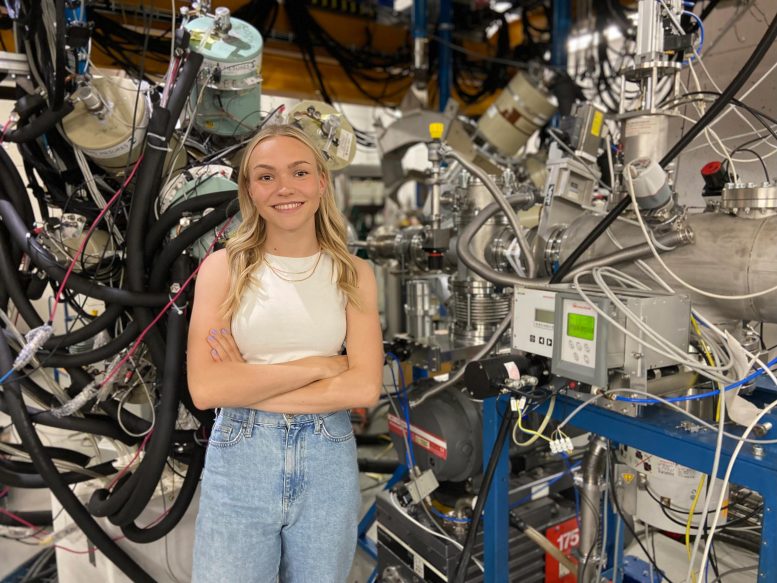
Doctoral Researcher Henna Kokkonen from the Department of Physics, University of Jyväskylä. Credit: Henna Kokkonen and Kalle Auranen
New nucleus emits alpha particles
The new nuclei decay via alpha decay towards more stable isotopes. Alpha decay is a common decay mode of heavy nuclei.
“The studies of new nuclei are important for understanding the structure of atomic nuclei and the limits of known matter,” says Doctoral Researcher Henna Kokkonen from the Department of Physics, University of Jyväskylä.
The study is a part of my master’s thesis
New discovery was made by Henna Kokkonen, who recently graduated Master of Science. The study was a part of her master’s thesis. It is uncommon that the results of a master’s thesis are published in a peer-reviewed journal, such as Physical Review C, not to mention that it reports a new isotope.
“In my thesis, I analyzed experimental data among which the new isotope was found. During my thesis process and summer internships, I got to know the Nuclear Spectroscopy group’s work. Now I am very happy to work in the group towards my PhD degree.”
Henna Kokkonen moved five years ago to Jyväskylä from Juva, south-eastern Finland, to study physics and now she continues her studies as a Doctoral Researcher in the Accelerator Laboratory of University of Jyväskylä.
Reference: “Properties of the new α-decaying isotope 190At” by H. Kokkonen, K. Auranen, J. Uusitalo, S. Eeckhaudt, T. Grahn, P. T. Greenlees, P. Jones, R. Julin, S. Juutinen, M. Leino, A.-P. Leppänen, M. Nyman, J. Pakarinen, P. Rahkila, J. Sarén, C. Scholey, J. Sorri, and M. Venhart, 20 June 2023, Physical Review C.
DOI: 10.1103/PhysRevC.107.064312

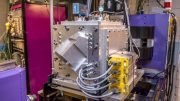
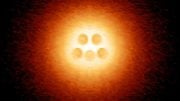
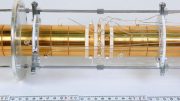
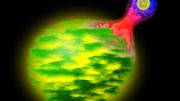
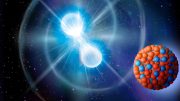

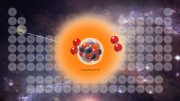
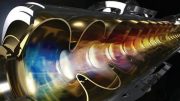
Interesting
wow. my life is on a new trajectory from this point forward. look, women can do science too. amazing. did not know that either. oohhh….aaahhh…amazing….
was she a trans woman? If not, that is discriination against trans. Boycott women or science or both.
I’d hit that Astatine!
s